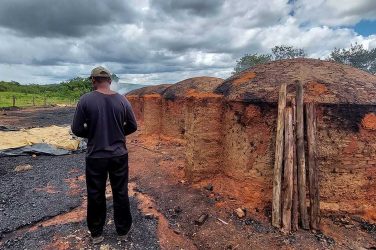600 thousand of Latin America’s total of 1.8 million HIV carriers live in Brazil, according to the United Nations’ Global Report on AIDS for 2005.
The document was released today by the Joint United Nations Program on HIV/AIDS (UNAIDS) and the World Health Organization (WHO).
Since 2003, 200 thousand new cases have been reported in Latin America, as well as 66 thousand deaths. The report explains that the large concentration of cases in Brazil is basically a reflection of the country’s large population of around 180 million inhabitants.
With regard to Brazil, the study emphasizes the lack of information among young people in the 15-24 age bracket about the ways the disease is transmitted. In spontaneous responses, around 38% of them were unable to name the means of infection.
According to Pedro Chequer, director of Brazil’s National Program for Sexually Transmitted Diseases (STD/AIDS), when the responses are elicited in the form of multiple choice, over 90% of the youth display knowledge of the topic.
With regard to the global situation, the report indicates that, despite the drop in the number of cases reported in some countries, the AIDS epidemic continues to expand, reaching a total of around 40.3 million people in 2005.
In 2003 the total number of victims was 37.5 million (the report omits data referring to 2004).
Averted Deaths
The estimate presented in the global report on AIDS drafted by the UNAIDS and the WHO is that as many as 350 thousand deaths have been averted by the expanded healthcare coverage of disease victims.
The director of the United Nations Children’s Fund (UNICEF) in Latin America and the Caribbean, Nils Kastberg, said that the document, which was released today, points to some advances in the campaign against the disease.
The number of cases in Kenya, Zimbabwe, and some Caribbean countries has declined in recent years. In the Caribbean, for example, the number of HIV carriers has remained stable at 300 thousand cases in relation to 2003.
"In Haiti there was a decline, which shows clearly that, through a multisectorial effort, the number of people with HIV can be reduced," Kastberg observed.
The study also acknowledges that access to AIDS treatment has improved significantly in the last two years.
"Over a million people in low and medium income countries now enjoy longer and better lives, because they are receiving anti-retroviral treatment," the document notes.
Agência Brasil




